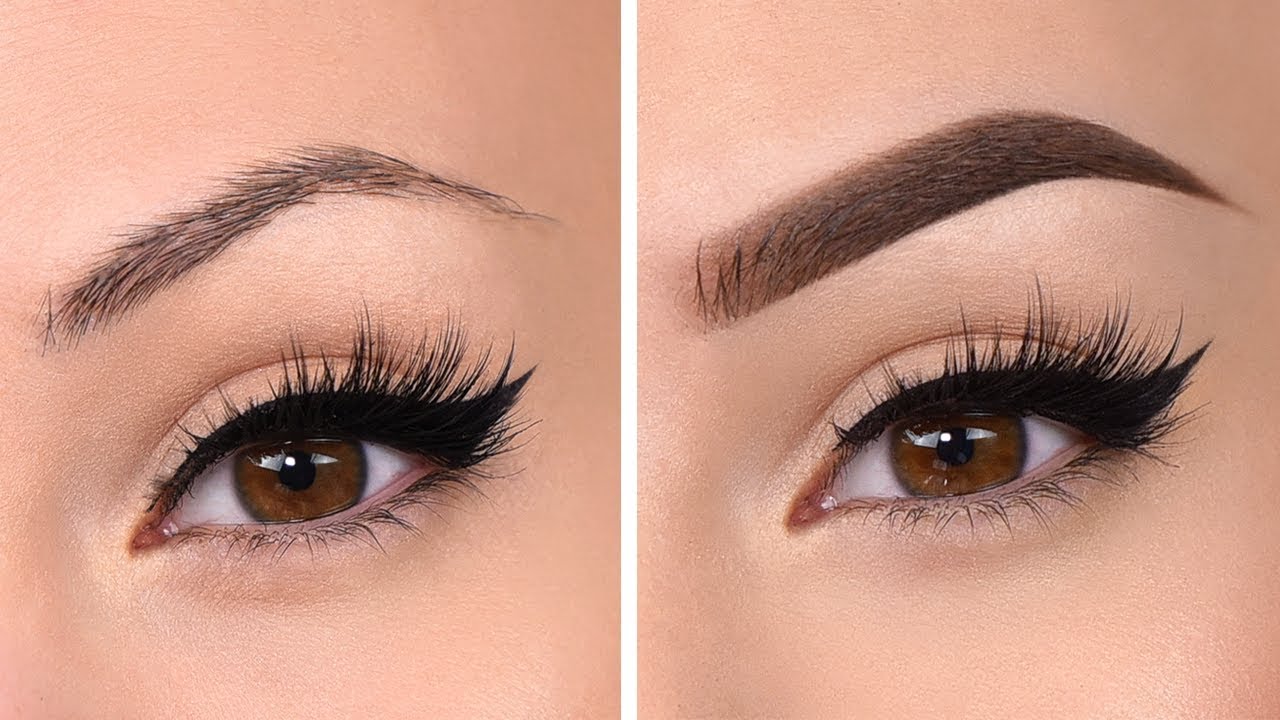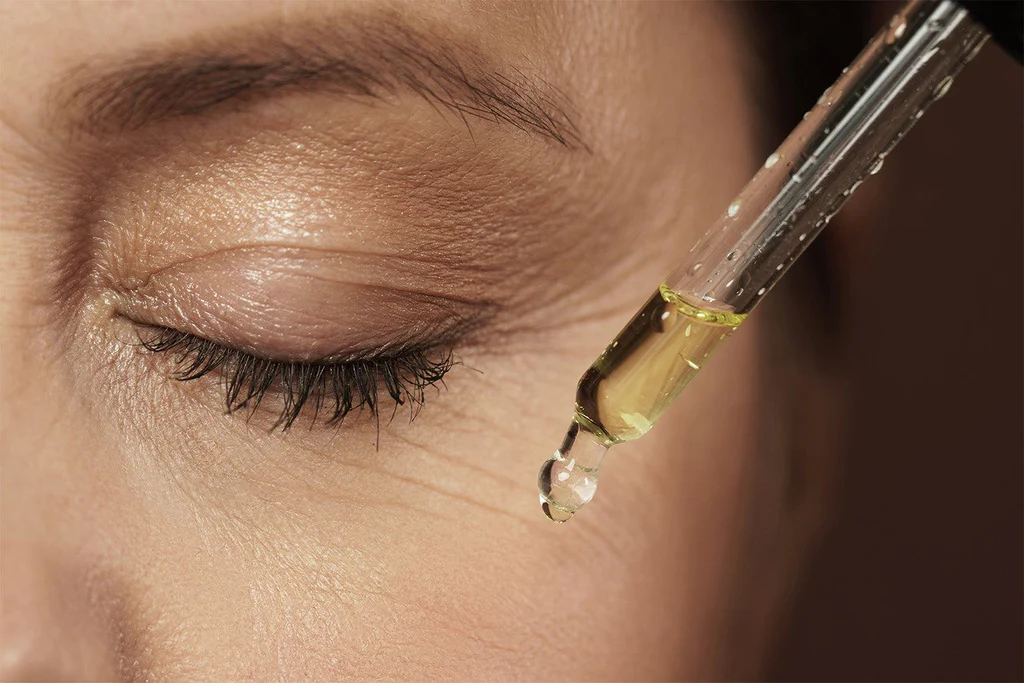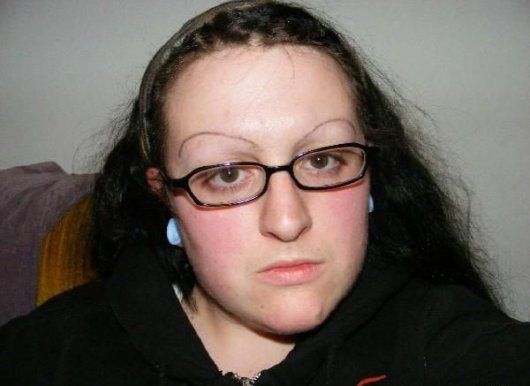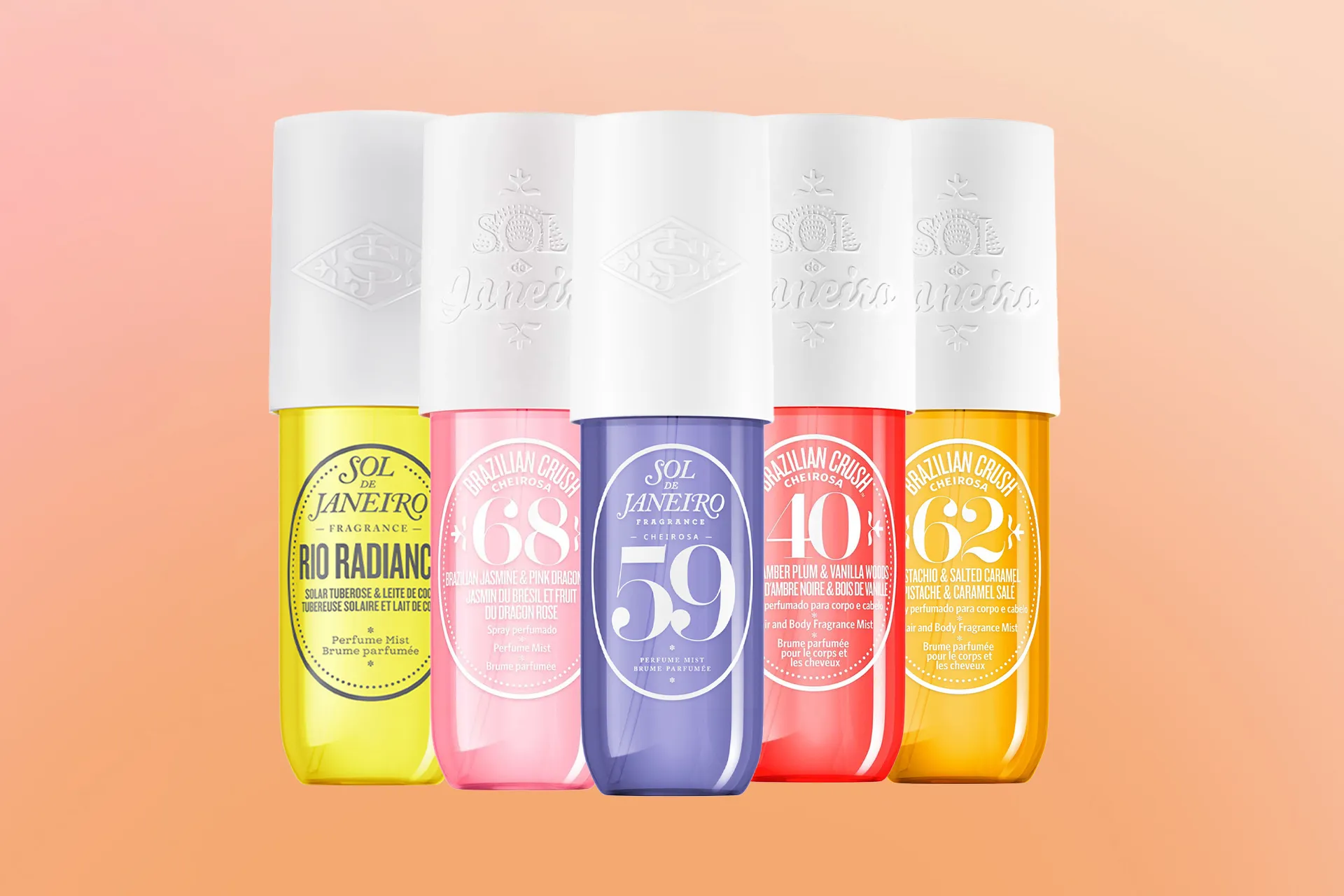Puberty is a time of many changes in the body and mind. One of the most noticeable changes is the growth of hair in different parts of the body, such as the face, armpits, and pubic regions. But what about the eyebrows? Do they also get thicker during puberty? And if so, why and how? In this blog post, we will answer these questions and more, based on scientific research and expert opinions.
What is puberty and how does it affect hair growth?
Puberty is the period of life when an individual undergoes physical development and sexual maturation to acquire the ability to reproduce. Puberty usually starts between the ages of 8 and 14 for girls, and between 9 and 15 for boys, but it can vary depending on genetic, environmental, and nutritional factors.
During puberty, the body produces hormones called androgens, such as testosterone, which are responsible for the development of secondary sexual characteristics, such as the size and shape of the breasts, genitals, and voice. These hormones also stimulate the growth of hair in specific areas of the body, such as the face, chest, back, arms, legs, and pubic regions. This is called terminal hair, which is thicker, darker, and coarser than the fine, light-colored hair that covers most of the body, called vellus hair.
Before puberty, terminal hair is limited to the scalp, eyelashes, and eyebrows. Following puberty, under the influence of androgens, terminal hair develops from vellus hair to give rise to secondary hair growth in armpits and pubic regions. This process is called adrenarche, and it usually occurs before the onset of puberty. The appearance of pubic hair is called pubarche, and it usually follows the development of breast tissue in girls (thelarche) and genital growth in boys.
Do eyebrows get thicker during puberty?
The answer is yes, but not in the same way as other body hair. Eyebrows are a special type of terminal hair that are influenced by both androgens and estrogens, the female sex hormones. Estrogens are also produced by both males and females, but in different amounts and effects. Estrogens have a protective role on hair growth, preventing hair loss and promoting hair thickness and density.
During puberty, the levels of both androgens and estrogens increase in the body, but the balance between them changes. In males, androgens dominate, while in females, estrogens prevail. This affects the growth and shape of the eyebrows in different ways. In general, eyebrows tend to get thicker, darker, and longer during puberty, but they also become more variable and individualized.
In males, the increase in androgens leads to more hair growth in the eyebrows, especially in the middle and outer parts. This can result in bushy, unruly, or even joined eyebrows (also known as a unibrow). In females, the increase in estrogens leads to more hair growth in the eyebrows, but also more definition and arching. This can result in fuller, thicker, and more curved eyebrows.
However, these are not absolute rules, and there is a lot of variation among individuals, depending on their genetic makeup, ethnic background, and personal preferences. Some people may have naturally thin, sparse, or light eyebrows, while others may have naturally thick, dense, or dark eyebrows. Some people may choose to groom, shape, or enhance their eyebrows, while others may prefer to leave them natural. There is no right or wrong way to have eyebrows, as long as they are healthy and suit your face and personality.
How to take care of your eyebrows during and after puberty?
Eyebrows are an important feature of your face, as they help to frame your eyes, express your emotions, and communicate your personality. Therefore, it is important to take good care of them, especially during and after puberty, when they undergo significant changes. Here are some tips to keep your eyebrows healthy and beautiful:
- Keep your eyebrows clean and moisturized. Wash your face with a gentle cleanser and water and apply a moisturizer or oil to your eyebrows to prevent dryness and flaking. Avoid using harsh chemicals or products that may irritate or damage your eyebrows.
- Trim your eyebrows regularly. If your eyebrows are too long or unruly, you can trim them with a pair of small scissors or a trimmer. Comb your eyebrows upward with a spoolie brush or a toothbrush, and cut the excess hair that extends beyond the natural shape of your eyebrows. Be careful not to cut too much or too close to the skin, as this may create gaps or bald spots in your eyebrows.
- Pluck your eyebrows sparingly. If you want to remove some unwanted hair from your eyebrows, you can pluck them with a pair of tweezers. However, be careful not to overpluck or overthin your eyebrows, as this may damage the hair follicles and prevent them from growing back. Pluck only the stray hairs that are outside the natural shape of your eyebrows, and follow the direction of hair growth. Avoid plucking the inner or outer corners of your eyebrows, as this may alter the natural balance and symmetry of your face.
- Wax your eyebrows with caution. If you want to remove more hair from your eyebrows, you can wax them with a waxing kit or at a salon. However, waxing can be painful, risky, and expensive, and it may cause skin irritation, inflammation, or infection. Waxing also removes the entire hair from the root, which may weaken the hair follicles and affect the future growth of your eyebrows. Wax only the areas that you want to remove hair from, and avoid waxing the entire eyebrow or the sensitive areas around the eyes. Follow the instructions of the waxing kit or the salon, and apply a soothing cream or gel after waxing to reduce the redness and swelling.
- Shape your eyebrows according to your face shape and preference. If you want to enhance the appearance of your eyebrows, you can shape them with a pencil, powder, gel, or pomade. However, do not change the natural shape of your eyebrows too much, as this may look unnatural or unflattering. Shape your eyebrows according to your face shape and preference, and follow the natural curve and arch of your eyebrows. Use a light hand and a color that matches your natural eyebrow color, and blend well to create a smooth and natural look.
- Consult a professional if you have any concerns or problems with your eyebrows. If you have any questions, doubts, or issues with your eyebrows, such as hair loss, thinning, balding, or scarring, you can consult a dermatologist, a trichologist, or a cosmetic specialist. They can diagnose the cause of your problem, and recommend the best treatment or solution for your case. They can also advise you on the best products, tools, and techniques to use for your eyebrows, and help you achieve the look that you desire.
FAQs
Here are some frequently asked questions and answers about eyebrows and puberty:
- Q: Do eyebrows stop growing after a certain age?
- A: No, eyebrows do not stop growing after a certain age, but they may slow down or change in texture, color, or density. This is due to the natural aging process, which affects the hair follicles and the production of hormones. As we age, our hair follicles become less active and produce less pigment, which results in thinner, lighter, and grayer hair. Our hormones also decline, which affects the growth and distribution of hair in different parts of the body. However, these changes are gradual and vary among individuals, and they do not mean that your eyebrows will disappear or stop growing completely.
- Q: Do eyebrows grow back if they are shaved, plucked, or waxed?
- A: Yes, eyebrows usually grow back if they are shaved, plucked, or waxed, but it may take some time and patience. The average eyebrow hair cycle lasts for about 4 to 6 weeks, which means that it takes about a month or more for a new hair to grow from the root to the surface of the skin. However, this cycle can be affected by many factors, such as genetics, hormones, health, nutrition, stress, medication, and trauma. If your eyebrows are damaged or traumatized by shaving, plucking, or waxing, it may take longer for them to grow back, or they may grow back thinner, sparser, or differently. Therefore, it is important to be gentle and careful with your eyebrows, and avoid overdoing or repeating these methods.
- Q: How can I make my eyebrows thicker or fuller?
- A: There are several ways to make your eyebrows thicker or fuller, depending on your preference and budget. You can use cosmetic products, such as pencils, powders, gels, or pomades, to fill in the gaps or sparse areas of your eyebrows, and create the illusion of thickness and fullness. You can also use natural remedies, such as oils, serums, or masks, to nourish and stimulate the growth of your eyebrows, and improve their health and appearance. You can also try professional treatments, such as microblading, tinting, or transplanting, to enhance or modify the shape, color, or density of your eyebrows, and achieve a more permanent or dramatic result. However, these methods have different pros and cons, and they may not work for everyone. Therefore, it is advisable to do your research, consult a professional, and weigh your options before choosing the best method for you.
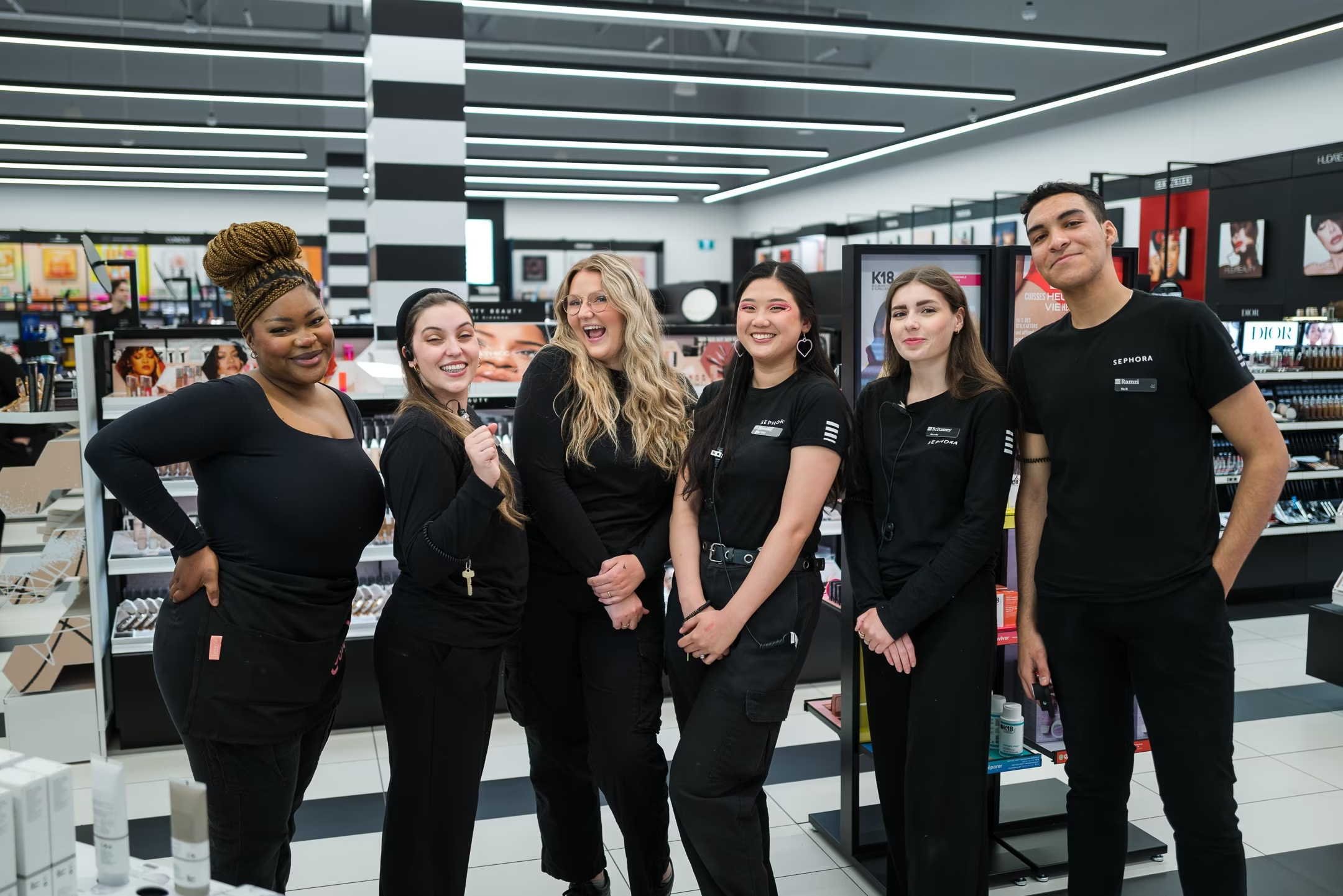
 By
Your Beauty Plug
By
Your Beauty Plug

